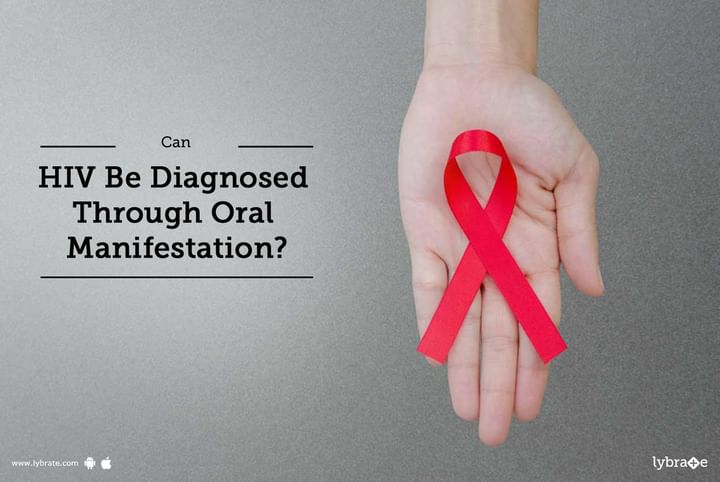Can HIV Be Diagnosed Through Oral Manifestation?
HIV is a systemic disease which affects all parts of the body. The oral cavity also has some tell-tale symptoms which indicate HIV / AIDS. A careful examination and detailed history of symptoms is essential. In some cases, the oral manifestations could be the area where HIV is suspected. This can help in reducing morbidity and improves prognosis. The oral lesions that occur in HIV patients can vary and differ significantly in children and adults. While there are a variety of oral lesions in HIV-infected individuals, listed below are some common infections seen in HIV patients. These are a combination of fungal, viral and bacterial infections.
- Candidiasis: Candida is an opportunistic fungus that is normally present in the oral cavity and with reduced immunity of HIV, recurrent bouts of the infection begins to show up. It can be in the form of regular thrush which is whitish and cannot be scraped off (pseudomembranous candidiasis), hyperplastic candidiasis (white patches which can be scraped off) or erythematous (reddish patches). Candida can involve any part of the oral mucosa including the pharynx and the palate.
- Herpes Simplex: This is the most common viral infection seen in patients with HIV/AIDS. There could be primary or secondary infection of herpes virus, especially inside the mouth and the vermillion border of the lips.
- Herpes zoster: This virus, when already present in the body, can be reactivated with HIV/AIDS and with oral herpes. The distinction with herpes simplex is from their distribution. These are unilateral, along the distribution of the maxillary or mandibular nerve. The lesions appear both on the facial skin and the oral mucosa. While the facial ones break open and form crusts, the mucosal ones coalesce to form larger lesions.
- Hairy Leukoplakia: This is present in about 20% of asymptomatic HIV patients. Onset of hairy leukoplakia is an indication of rapid progression of HIV with increased CD4 counts. The typical lesion is a non-movable, hairy lesion along the side of the tongue and can spread to the top and the undersurface of the tongue. There are large amounts of Epstein-Barr virus (EBV) identified from biopsies of hairy leukoplakia.
- Cytomegalovirus: If the ulcers have a necrotic base with a halo surrounding it, it is CMV infection, usually seen on any oral mucosal surface.
- Periodontal disease: This is one of the bacterial infections that manifests itself in HIV patients. It can take two forms such as Linear Gingival Erythema (LGE) which can subsequently lead to Necrotizing Ulcerative Periodontitis (NUP). The oral hygiene is generally good with minimal plaque and there is rapid bone loss and soft tissue reddening and swelling. The, mouth, therefore is certainly a window to one’s health.
Diagnosing HIV with Western Blot Test-
It is a series of blood screenings are performed to test for HIV. The enzyme-linked immunosorbent assay (ELISA), also known as an enzyme immunoassay (EIA), is the first test that your healthcare provider will order to screen for HIV. ELISA, like the Western blot test, detects HIV antibodies in your blood. Antibodies are proteins your immune system produces in response to the presence of foreign substances, such as viruses. If you test positive for HIV on the ELISA test, your provider will order the Western blot test to confirm HIV infection. If you wish to discuss about any specific problem, you can consult a doctor and ask a free question.



+1.svg)
